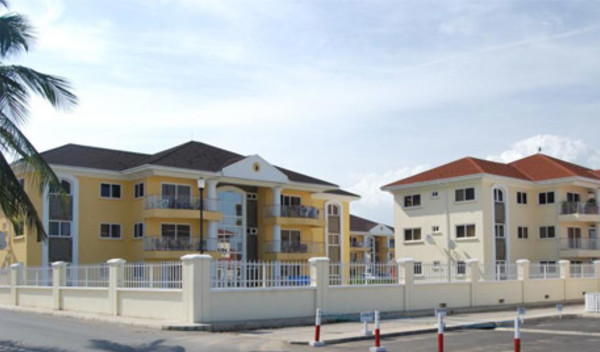

The fortunes of the UK adverse credit or sub-prime mortgage market have fallen and risen in line with the mainstream mortgage market. As the credit crunch began to bite and borrowers’ lost jobs, businesses and ultimately their homes, so the number of sub-prime lenders began to diminish. As mortgage funding dried up so the more unconventional and specialist products reduced in availability.
According to figures from Moneyfacts, in February 2007 there were 7,105 products, by February 2008 there were 2,942. A full 12 months later the number of products had fallen to only 274 and by February 2010, Moneyfacts recorded no sub-prime products. The organisation admits that it has yet to begin recording the number of products available in recent years. Moneysupermarket has more up-to-date figures, estimating the number of products available at 105.
It puts the number of adverse credit mortgage lenders at five: Precise Mortgages, Pink Home Loans, PMS, MBS Lending Ltd, and The Mortgage Processing Centre, but Pete Mugleston, Director of onlinemortgageadvisor.co.uk suggests that there are at least 15 non-mainstream lenders that offer adverse credit mortgages and another five that would be considered “high street”, but accept adverse credit borrowers under certain conditions.
Defining the market
The products are designed for borrowers with impaired credit. Table 1 shows the credit problems they are designed to tackle and the typical conditions to be fulfilled. However, as the CML points out, there is no specific definition of a sub-prime mortgage, so it is difficult to work out precisely how much the market is worth and has grown. It is also difficult to define in that it covers a broad spectrum from near prime to heavily adverse, which again is open to each lender’s interpretation of the terms they use to describe their product. The FCA’s Mortgage Conduct Of Business defines a credit impaired customer as one who:
(a) within the last two years has owed overdue payments, in an amount equivalent to three months’ payments, on a mortgage or other loan (whether secured or unsecured), except where the amount overdue reached that level because of late payment caused by errors by a bank or other third party; or
(b) has been the subject of one or more county court judgments, with a total value greater than £500, within the last three years; or
(c) has been subject to an individual voluntary arrangement or bankruptcy order which was in force at any time within the last three years.
So presumably these are the people who borrow adverse credit or sub-prime mortgages. Mr Mugleston says that even when the number of products diminished there remained a high, if not increased, demand for them. However, the products were just not there. Lenders preferred to play safe, lending only to borrowers who ticked all the boxes and were ultimately low risk.
Although, there is little in the way of formal statistics on the market, there is anecdotal evidence that the market and variety of products within it has grown rapidly over the past couple years as the mainstream mortgage market recovered. “There’s real scope in the market,” says Mr Mugleston. “There’s much more available and there are lots of people we can help now that we couldn’t a year ago.” He says that nowadays sub-prime lenders are looking to compete based on different areas of the market rather than just rates.
Time scales
While mainstream lenders will shun a borrower who has had any kind of default, bankruptcy or CCJ type issues within the past six years, there are sub-prime lenders who will consider borrowers with such issues after two years and some who will consider them after only one. There are even lenders who consider customers who have new credit issues such as defaults, CCJs, mortgage arrears and debt management plans, even if they are not satisfied. Now there are products that allow anyone made bankrupt in the past and discharged for a year to borrow up to 65 per cent LTV, provided they meet the criteria. Someone discharged for three years can borrow up to 85 per cent LTV. Mr Mugleston says such products did not exist before and attributes their appearance to the greater availability of mortgage funding.
While adverse credit mortgages usually have higher rates and fees than more mainstream ones, some light adverse are more or less in line with more conventional products available on the high street. Currently a couple of lenders are offering free valuations and fees comparable with the high street. According to Moneysupermarket the average adverse credit mortgage interest rate is 6.32 per cent. At the most severe end of the market, however, lenders charge interest rates of 8 per cent with typical fees of 5 per cent.
Mr Mugleston says that lenders understand the market they’re in. Rates are higher, but they don’t expect the borrower to be with them forever. While most adverse credit lenders at the top end of the spectrum charge high fees, some allow borrowers the freedom to leave with no exit fee. Adverse credit mortgages can then be a good short-term solution so that when borrowers’ credit has improved, they can refinance onto better deals at any point without penalty.



